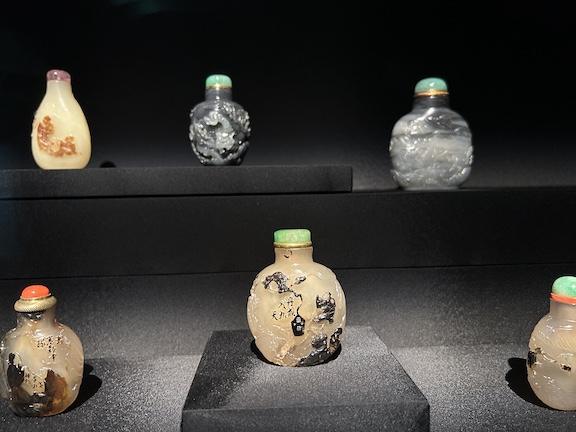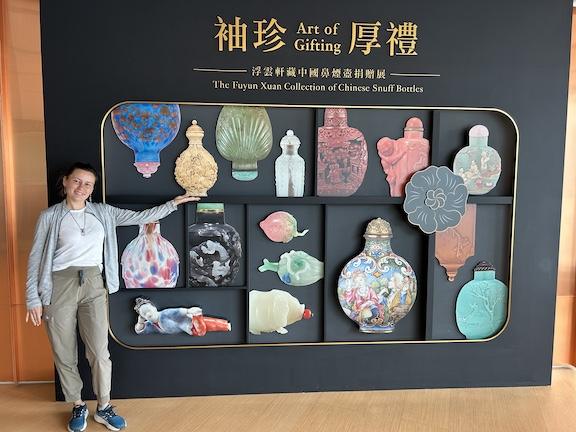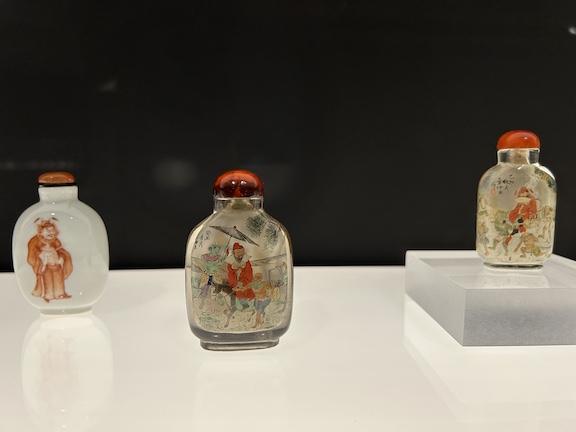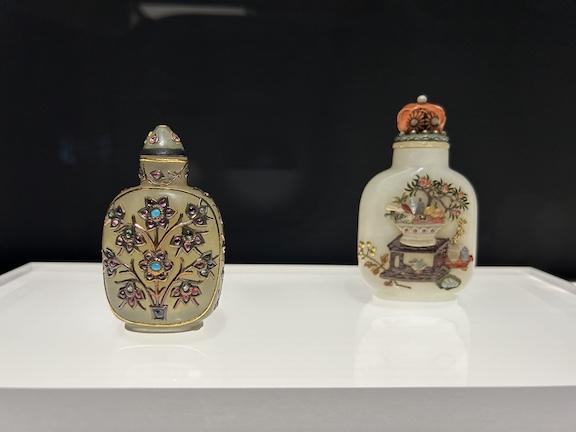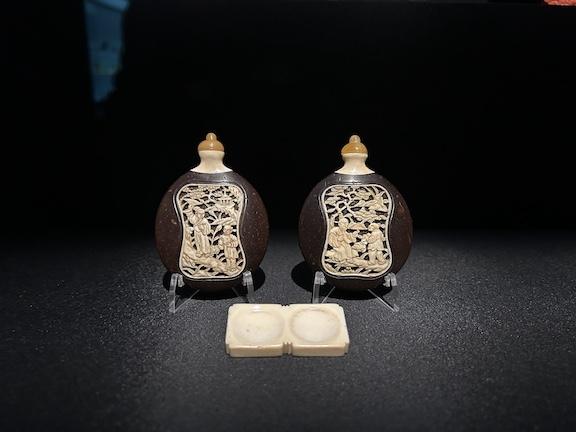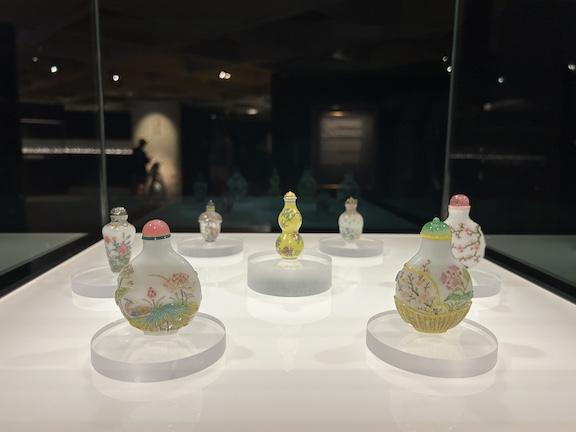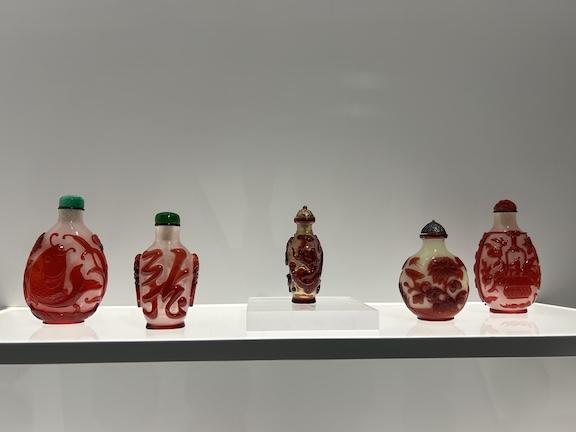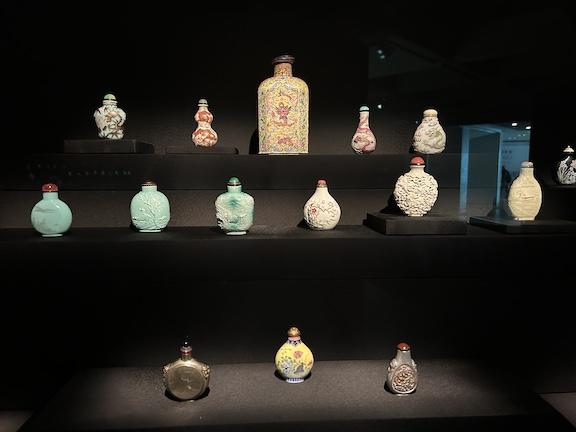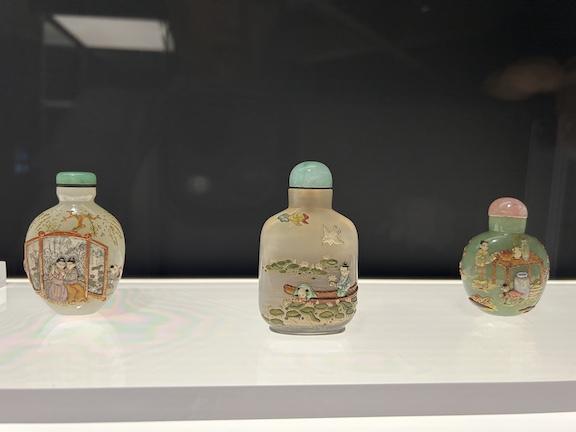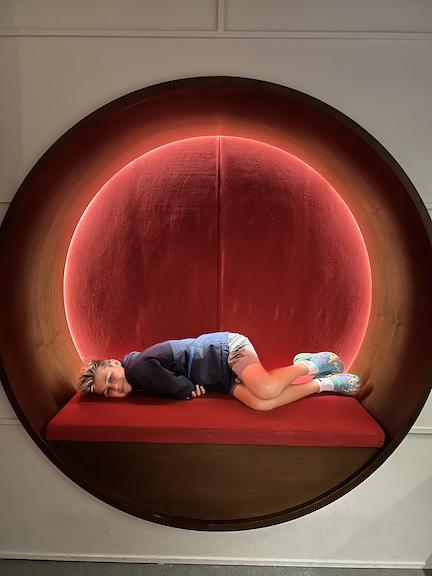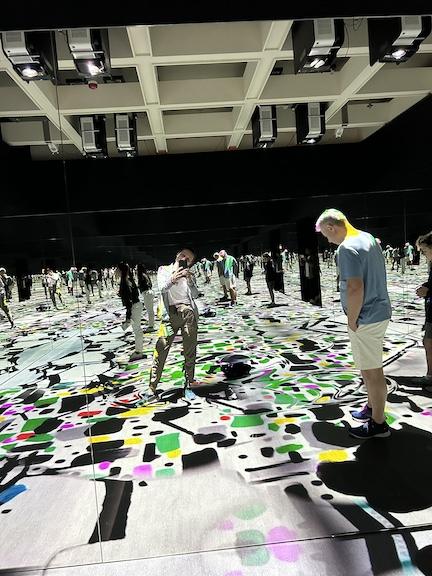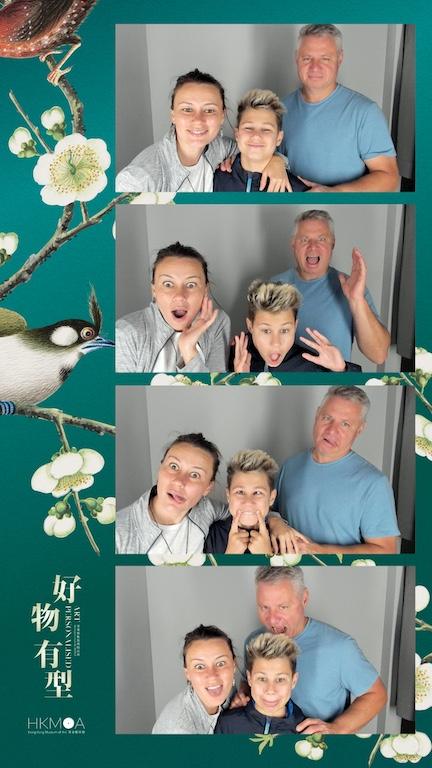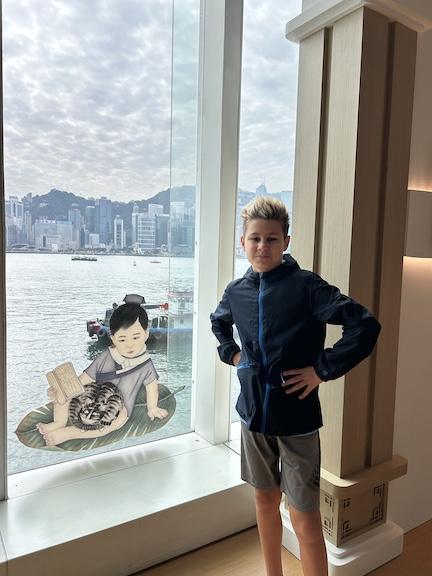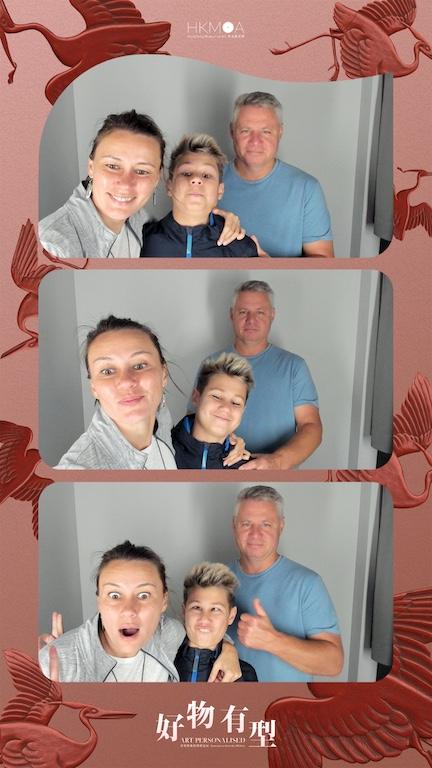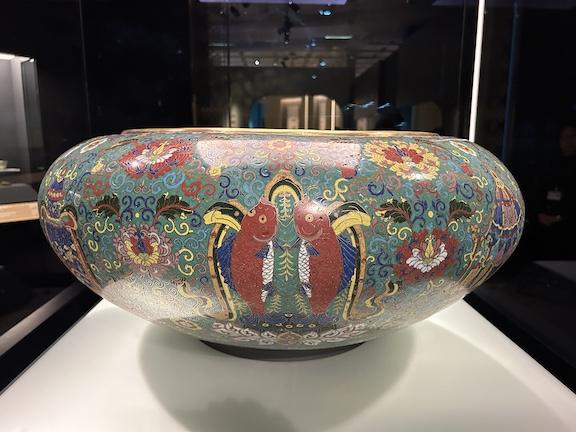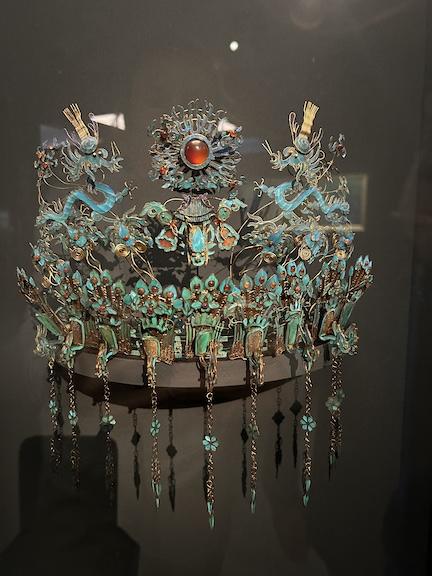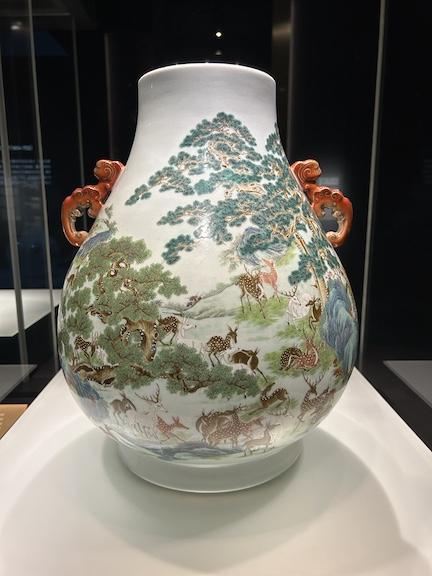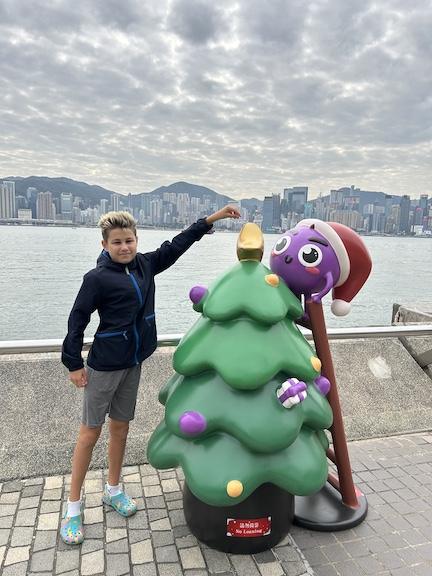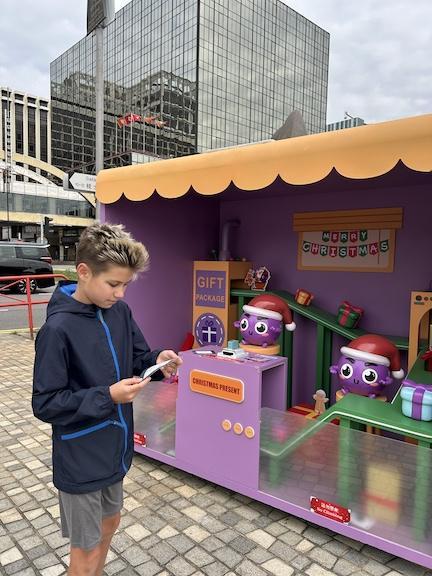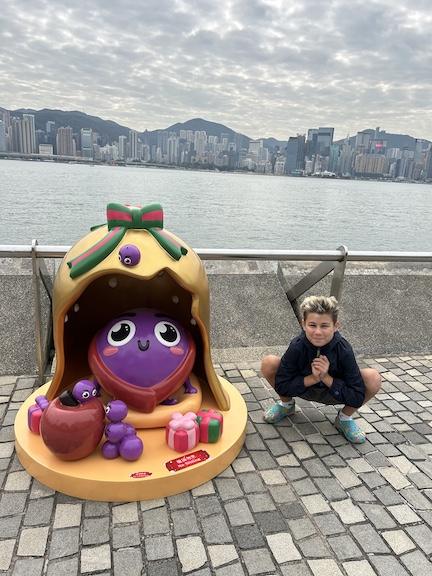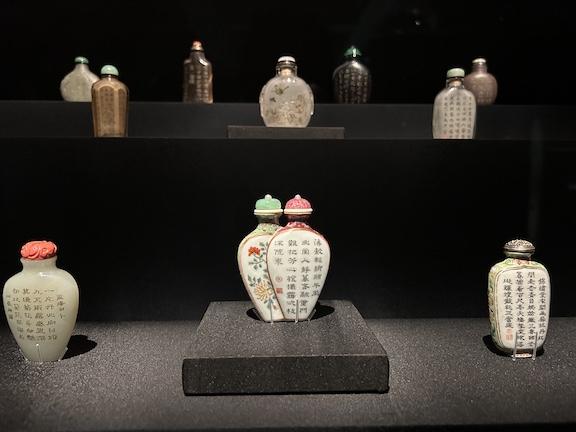
Explored the HK Museum of Art in the first half of the day – loved it! Especially the special collection of snuff bottles – absolutely exquisite work of art. I think I took only a thousand pics of those bottles and having 🙂 Imperial paintings, exotic styles, Strange Tales from a Chinese Studio, Romance of the Three Kingdoms, landscape painting, black jade cameo, yellow jade cameo, duan stone – it’s impossible to chose from!
- A bit of history: Snuff became a popular commodity in Europe in the late sixteenth century. It was introduced to China in the seventeenth century, with its name first transliterated in Chinese as xila, shinahu, etc. By the Yongzheng reign (1723 – 1735), it earned its now common Chinese name, biyan (“nasal tobacco”), after the fact that it could be snorted through the nose without being lit. After being brought into China, snuff was well-loved by the emperors, nobilities and prominent officials, becoming a fashionable item in Qing society. Originally, Europeans kept snuff in small boxes. However, since snuffboxes were not moisture-proof and thus not ideal for storing snuff, craftsmen in China modified tiny medicine bottles into containers for the substance. With its small opening and rotund belly, a snuff bottle not only preserve the aroma of snuff but also comes with a small spoon on its lid for taking out snuff in appropriate quantities. (Source: HK Museum of Art.)
We enjoyed different personality tests. M and I were “Monk Painters” (Independent and observant. You are an eager learner who deploys logical thinking to explore the unknown. Research-oriented jobs would be a good fit for you. With their independent way of thinking, monk painters had no regard for secular rules and constraints. Analysis and introspection were their strengths to solve abstract problems.) While D was a professional Chiller. Can’t remember the exact name of the character but his motto was “I’m not lazy, I’m in power saving mode” – quite descriptive of D!
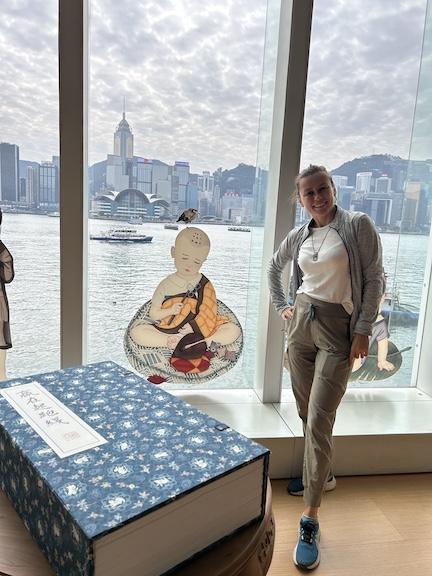
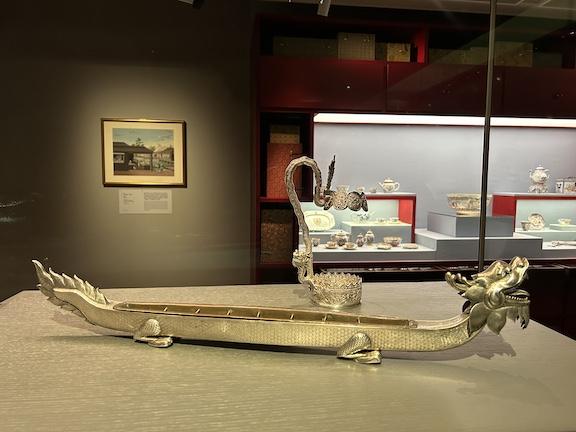
This piece also intrigued me: Incense clock in the shape of dragon boat. Incense burning was used by the Chinese as a means to measure time in ancient times. An instrument called an incense clock was used for such everyday needs in China and became available even in the export market. One of the most common designs was that of a dragon boat. The user propped it up with wooden blocks under the dragon claws, and placed a metal tray underneath the boat and a lit incense stick flat in the hull. Along the hull are notches evenly spaced out, based on the length of an incense stick. A silk thread attached with metal buttons on each end was hung over each notch. When the incense stick burned at one of the notches, the silk thread snapped, causing the two metal buttons to fall onto the tray, making a sound that signified that the time had elapsed. (Source: HK Museum of Art.)
- And last but not least, it was really fun to learn a few phrases in “Canton pidgin English“. What thing makee = What is this made of? What pricee = What is the price of this?
A bit of history on that: According to the regulation of the Qing government, Chinese and foreigners were forbidden from learning English and Chinese respectively. Most foreigners would have to rely on linguists, official interpreters appointed by the Hoppo, to communicate with the Chinese. During the mid 18th century, Britain’s increasing prominence in global trade spurred the need to learn English. Some Chinese in Canton began flouting the official rule, learning and using “Canton pidgin English” to facilitate their trade with Westerners. They would learn simple English phrases by means of phonetic transcription into Chinese characters (with Cantonese pronunciations). This bizarre vernacular language, without syntactic and logical structure, became firmly rooted in the Lingnan region. As more phrase books were published, the locals had more opportunities to learn a foreign language. Likewise, an increasing number of foreign traders and missionaries were also learning Chinese and Cantonese. (Source: HK Museum of Art.)
